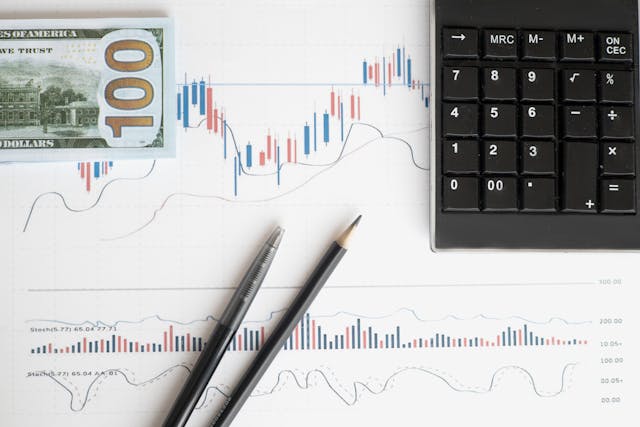Backtesting is a critical step in developing a successful trading strategy, allowing traders to assess its viability using historical data before risking real capital. By simulating past trades, traders can analyze performance, optimize strategies, and minimize risk, ultimately increasing their chances of success. It provides a structured approach to evaluating whether a strategy is profitable, reducing uncertainty and helping trojan trading bot traders avoid costly mistakes before applying the strategy in live markets.
What is Backtesting?
Backtesting is the process of evaluating a trading strategy using historical market data to determine how it would have performed in the past. By applying predefined trading rules to past data, traders can measure profitability, risk exposure, and consistency. A well-executed backtest allows traders to understand how a strategy would react to different market conditions, enabling them to fine-tune parameters and improve efficiency before deploying it in real-time trading.
Steps to Conduct a Backtest
1. Define the Trading Strategy
A well-defined strategy should include clear entry and exit rules, stop-loss and take-profit levels, and risk management parameters to ensure consistency and effectiveness when applied in different market conditions. A strategy should also account for factors like trend direction, volume analysis, and indicator confirmations to increase its robustness and adaptability.
2. Choose a Data Set
Selecting quality historical data is crucial, considering factors such as timeframe (daily, hourly, or minute data), different market conditions (bullish, bearish, or sideways), and data accuracy to ensure reliable testing. Using a broad range of data sources prevents biases and ensures a more comprehensive assessment, helping traders evaluate performance across different economic cycles and market environments.
3. Run the Backtest
Executing a backtest involves simulating trades based on historical data, recording profit/loss outcomes, measuring risk exposure, and analyzing overall performance under different market conditions. This process helps determine how a strategy performs in varying scenarios, allowing traders to identify potential risks and weaknesses while providing insights into whether adjustments are necessary for optimal results.
Common Pitfalls in Backtesting
1. Overfitting
Overfitting happens when a strategy is too closely tailored to past data, making it ineffective in live trading; this can be avoided by using out-of-sample data and implementing walk-forward testing. Traders should focus on developing strategies that generalize well across different market environments instead of those that merely fit historical trends.
2. Ignoring Trading Costs
Many traders fail to account for slippage, commissions, and market impact, leading to unrealistic performance expectations that do not reflect actual trading conditions. Factoring in trading costs ensures that profitability metrics are more realistic and prevents traders from overestimating returns based on idealized scenarios.
3. Survivorship Bias
Excluding delisted stocks or failed companies can result in inflated past performance; mitigating this requires using a comprehensive data set and realistic portfolio selection criteria. Traders should incorporate data from companies that did not survive the market to get an accurate representation of real-world trading risks.
Conclusion
Backtesting is a vital process for traders aiming to validate their strategies before committing real capital, ensuring that strategies are data-driven and optimized for real-world trading; however, no backtest guarantees future profitability, and continuous monitoring and adaptation remain essential.

Leave a Reply